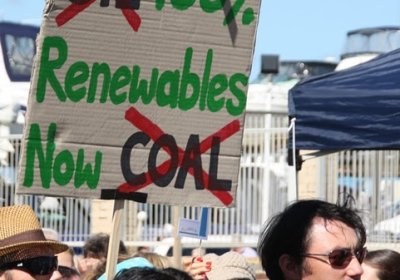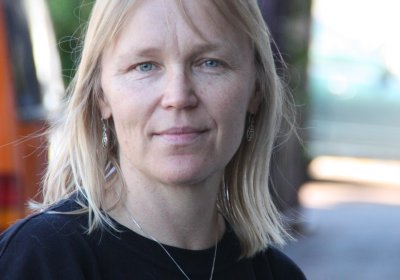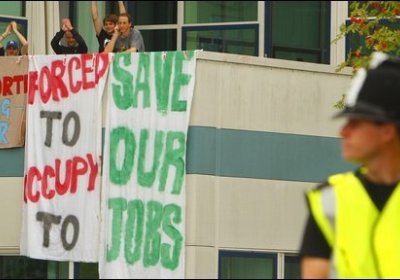More than 150 people packed into a Wollongong university lecture theatre on October 21 for the Wollongong launch of the Zero Carbon Australia 2020 Stationary Energy Plan (ZCA2020).
Launches of the plan in Melbourne and Sydney that attracted about 700 and 1000 people respectively, and on October 15 it won the Mercedes-Benz Australian Environmental Research Award.
The plan is the product of a collaboration between the University of Melbourne Energy Research Institute and Beyond Zero Emissions (BZE).
Renewable energy
Now that we finally know who is going to govern our country; now that we know who is backing who and why; now that we’ve breathed a collective sigh of relief; now — right now — it’s time to mobilise! It’s time to mobilise around what I’ve been muttering to anyone who’ll listen over the past few weeks: renewables, renewables, renewables.
More than 1000 people packed into Sydney Town Hall on August 12 for the Sydney launch of the Zero Carbon Australia (ZCA) Stationary Energy Plan. The plan outlines how Australia could meet all its energy needs from renewables within 10 years.
The successful event followed the well-attended Melbourne launch, which attracted about 700 people in July.
The plan is the product of a collaboration between the University of Melbourne Energy Research Institute and the non-profit climate advocacy group Beyond Zero Emissions (BZE).
On August 12, candidates from the Greens, Socialist Alliance (SA) and newly formed First Nations Political Party (FNPP) spoke to a group of 50 people at La Tropicana cafe in Fremantle.
The forum was organised by SA to highlight environmental and social policies ignored by the major parties in the federal election campaign.
The event was chaired by Fremantle councillor and Western Australian SA co-convenor Sam Wainwright
Kate Davis, Greens candidate for Fremantle, said: “The Greens have a renewable energy target of 100% by 2030.
In Russia, a seven-week-long heatwave has caused giant firestorms to break out across more than 114,000 hectares of the country. At least 48 people have died and more than 400 new fires broke out on August 4 alone, the Kyiv Post said that day.
Russian President Dmitri Medvedev said on July 30 that “practically everything is burning” in 14 regions of the country, Time said on August 2.
In the past, Medvedev has not seemed too concerned about climate change. At last year’s Copenhagen climate conference he bluntly announced that Russia would increase its emissions.
One year after workers occupied the Vestas wind turbine factory on the Isle of Wight in protest at the company’s decision to cease production, a new organisation, Sureblades set up by former Vestas employees has risen from the ashes. It is due to start making blades within two months just yards from the closed factory.
On July 17, the Adelaide-based Climate Emergency Action Network (CLEAN SA) hosted a forum in Port Augusta detailing the Zero Carbon Australia 2020 Stationary Energy Plan recently launched by Beyond Zero Emissions (BZE).
In late June, two important events related to renewable energy took place.
On June 24, the Senate passed changes to the government's renewable energy target, removing the bias towards small-scale energy systems that put many wind farm projects on hold. The scheme set a 20% renewable energy target by 2020.
At the G20 Economic Forum in Pittsburgh in September, President Barack Obama said his administration would combat climate change by phasing out the US government’s grandiose subsidies to the fossil fuel industry.
But a report released on April 13 by Synapse Energy Economics (SEE) said Obama hadn’t followed through on his promise to cut dirty energy handouts.
On May 3, students protested at the entrance to the University of Wollongong to call for 100% renewable energy on campus. The action was a part of nationwide events calling for renewable energy across Australia.
More than 2000 students have signed a petition calling upon the university to increase its purchase of renewable energy from the current 15% to 50% by the end of 2010, and then to 100% by the end of 2015.
- Previous page
- Page 9









